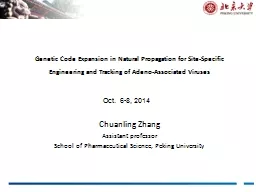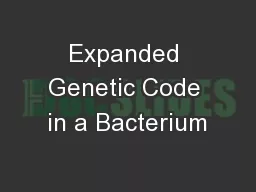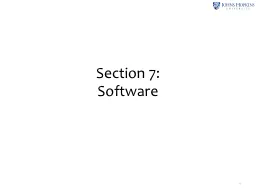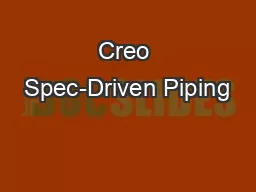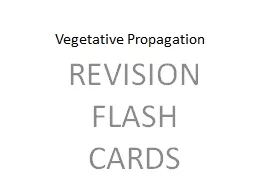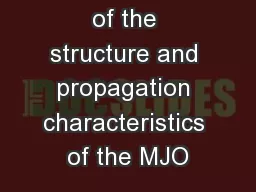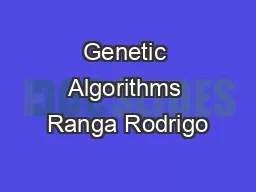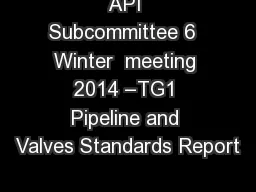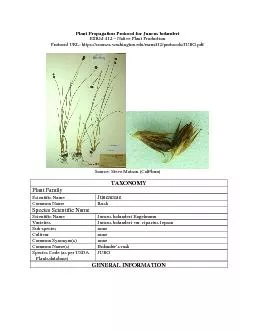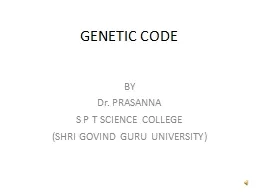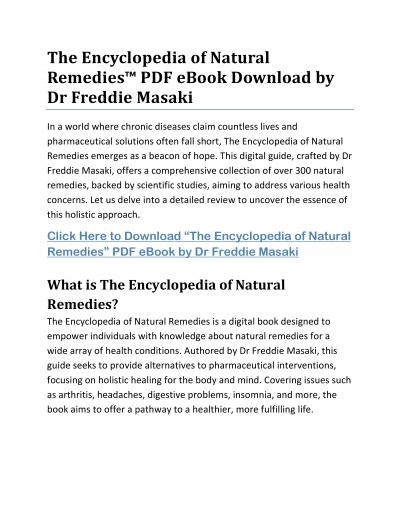PPT-Genetic Code Expansion in Natural Propagation for Site-Spec
Author : liane-varnes | Published Date : 2016-08-04
Adeno Associated Viruses Chuanling Zhang Assistant professor School of Pharmaceutical Science Peking University Oct 68 2014 Chuanling Zhang Assistant professor
Presentation Embed Code
Download Presentation
Download Presentation The PPT/PDF document "Genetic Code Expansion in Natural Propag..." is the property of its rightful owner. Permission is granted to download and print the materials on this website for personal, non-commercial use only, and to display it on your personal computer provided you do not modify the materials and that you retain all copyright notices contained in the materials. By downloading content from our website, you accept the terms of this agreement.
Genetic Code Expansion in Natural Propagation for Site-Spec: Transcript
Download Rules Of Document
"Genetic Code Expansion in Natural Propagation for Site-Spec"The content belongs to its owner. You may download and print it for personal use, without modification, and keep all copyright notices. By downloading, you agree to these terms.
Related Documents

